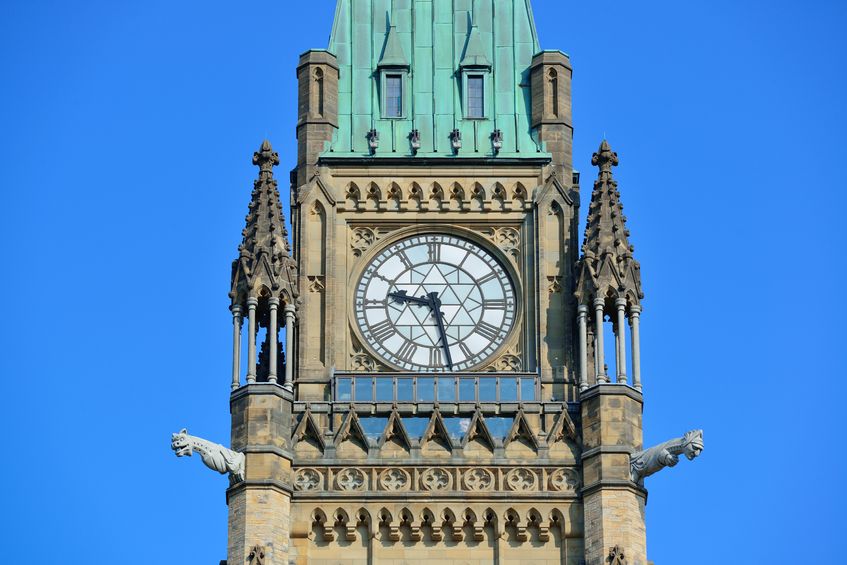
A “shadow budget” that Toronto-based economic research group C.D. Howe Institute released on Thursday ahead of the federal Liberals’ 2017 budget urges Ottawa to take several concrete steps that would cut the deficit while simultaneously encouraging economic growth.
“Businesses, individuals and investors need confidence in the economy,” says Alexandre Laurin, director of research and a co-author of Getting Real: A Shadow Federal Budget for 2017, “and the best way to do that is to show a credible path to balancing the books.”
Under the shadow budget, whose other co-authors are C.D. Howe president and CEO William Robson and policy analyst Rosalie Wyonch, the federal government’s fiscal picture would be balanced by 2023, the report suggests.
Watch: What’s in the Federal Budget?
Among the report’s recommendations is that threshold for the federal top personal income tax rate be increased to $402,800 from $202,800, a move the report’s authors argue would make Canada a more attractive place to work and invest for high-income earners.
“The top threshold is higher in the U.S., as well as in many other countries,” Laurin argues, “and although we don’t know yet what’s going on with the new [U.S.] administration, we do know that, most likely, rates are going to come down, so it’ll become more competitive for top talent.”
The C.D. Howe report does not actually advocate lowering the top tax rate, Laurin notes: “The government just increased it, [so] it’s not realistic that it would reduce the rate [so soon]. But if you’re not going to decrease the top rate, then at least raise the top threshold.”
The report also recommends the government raise limits for RRSP and defined-contribution plan pension savers and eliminate mandatory withdrawal minimums from registered retirement income funds (RRIFs).
“The idea is to make it easier for people to save for their retirement, and when they retire, to make it easier for them to accumulate funds,” Laurin says.
The report’s other recommendations include:
> To help set a credible path to balance, hold the line on transfers to other levels of government; contain Ottawa’s own compensation costs; and shrink or eliminate many tax expenditures, including the age credit, the labour sponsored venture capital credit and some boutique credits.
> To encourage businesses to grow, replace preferential tax treatment for small businesses with temporary preferential treatment for new businesses.
> Foster equity-financed investments by establishing an allowance for corporate equity that relieves ordinary returns to capital from corporate income taxes.
> Prioritize infrastructure projects Ottawa can drive on its own; and dispose of non-core assets such as airports.
> To encourage commercialization of research and development, establish a “Patent Box” to lower taxes on income from Canadian intellectual property.
> To level the playing field for domestic sellers of digital content, require foreign sellers to remit taxes on sales to Canadians.
> To reduce distortions and unclog the border, raise the minimum threshold for sales taxes and customs duties levied on imports and begin the phase-out of all import tariffs;
> To discourage the black market and leave room for provincial levies, apply only GST — no excise tax — to marijuana when it’s legalized.
Photo copyright: rabbit75123/123RF